$ETH
#Ethereum #CryptoNews #Blockchain #VitalikButerin #CryptoInvestment #Decentralization #CryptoMarket #EthereumUpdate #FinancialRisk #MarketAnalysis #CryptoEconomy
What Risk Still Looms Over Ethereum’s Promising Treasury? Discover What Vitalik Buterin Reveals!
In a recent discussion about Ethereum’s financial health, Vitalik Buterin provided insights that are vital for stakeholders and investors. While the treasury of Ethereum shows robustness, with most stocks aligning closely to their fair value and even showing discounts as per modified net asset value (mNAV), a shadow of concern still hangs over this promising landscape.
According to Buterin, the vitalik news that the community needs to focus on isn’t just about the current value of Ethereum’s assets but also the inherent risks that could destabilize these valuations. The primary risk revolves around market volatility, which can lead to rapid and unpredictable swings in asset values. This volatility is not just a minor tremor but a potential earthquake that could have long-term impacts on Ethereum’s financial structure.
Furthermore, Buterin highlighted geopolitical tensions and regulatory changes as secondary risks. These factors could introduce further instability to an already delicate balance within the crypto markets. Investors and stakeholders should remain vigilant, keeping an eye on global economic indicators and policy shifts that could ripple through the crypto world.
For those looking to delve deeper into cryptocurrency investments and the dynamics of blockchain economies, exploring additional resources and expert analyses on platforms like Financier News can provide broader perspectives. Additionally, for potential investors or those looking to expand their portfolio, considering options through platforms such as Binance could be beneficial.
Moreover, it is crucial to understand the liquidity aspect of the Ethereum treasury. Liquidity, or the ease with which assets can be converted to cash without affecting their market price, is paramount in maintaining operational stability and meeting short-term obligations. Buterin stressed the importance of maintaining a liquid reserve as a buffer against market shocks.
In conclusion, while the Ethereum treasury presents a picture of stability and potential growth, the shadows of market volatility, geopolitical strife, and regulatory uncertainties loom large. Stakeholders must navigate these waters with caution, armed with comprehensive knowledge and a keen eye on both micro and macroeconomic indicators. The future of Ethereum, as with all cryptocurrencies, will depend not only on internal management and technological advancements but also on external forces shaping the global economic landscape.

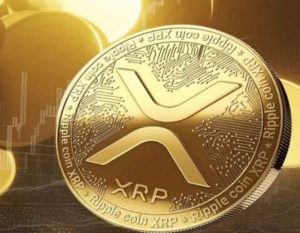


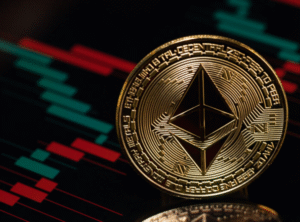
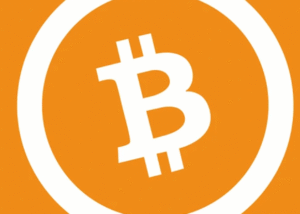
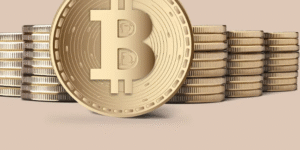
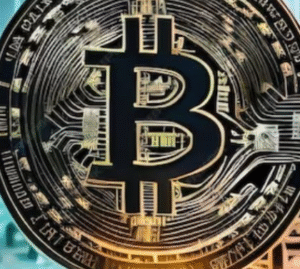
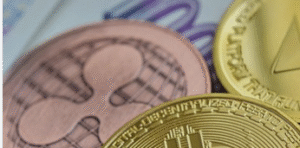


Comments are closed.